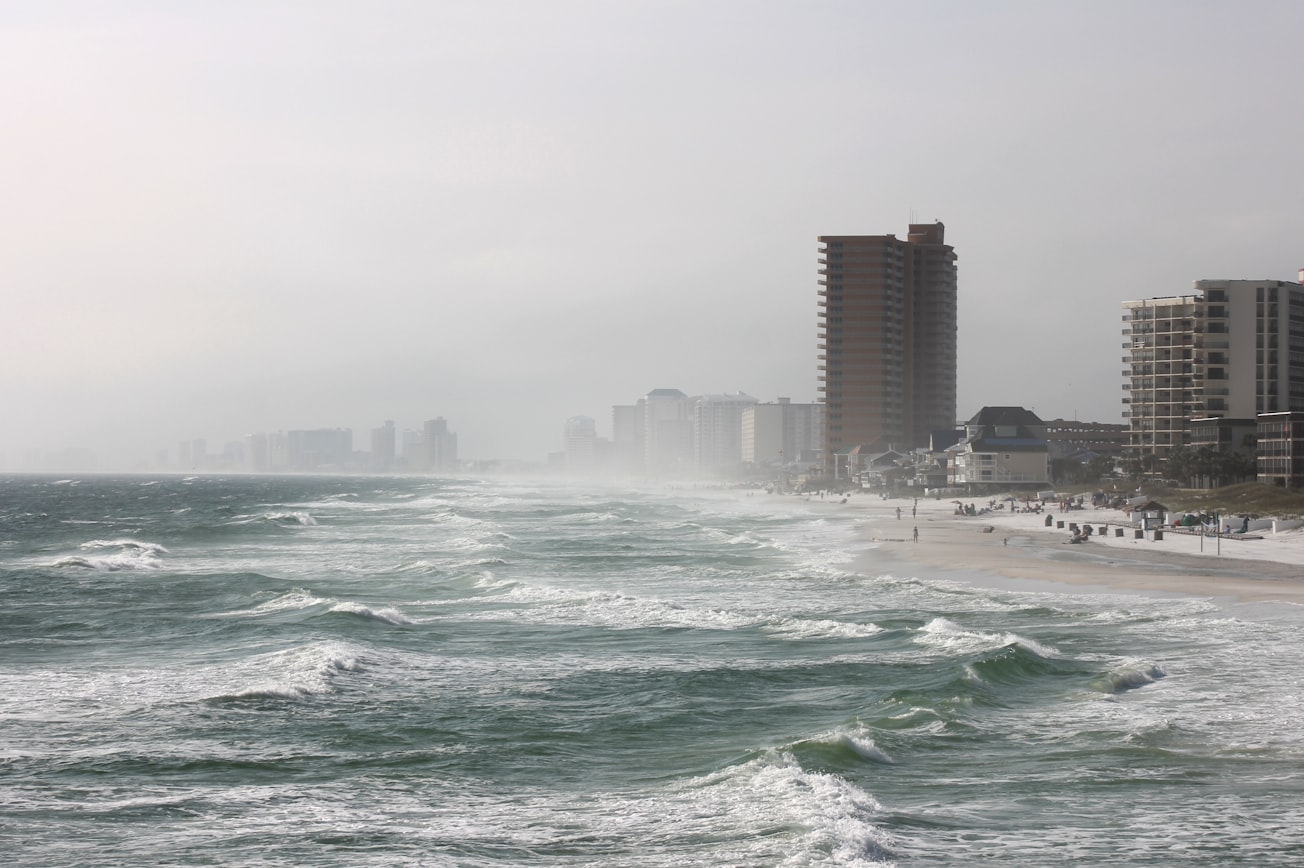What is it about?
This study shows how we can use synthetic tropical cyclones and hypothetical events to assess flood risk. The synthetic events are used to determine wind speeds for a given return period, both for the present climate and under global warming. The hypothetical events are then created based on the value of a selected return period. Using the hypothetical events, the number of hydrodynamic simulations is reduced, as well as the computational time to calculate the flood levels. Using the flood levels and the vulnerability at the city block level, the methodology determines the flood risk in a city at the Mexican Pacific coast.
Featured Image

Photo by Michael M on Unsplash
Why is it important?
Tropical cyclones represent a threat to infrastructure and population at the coast. To provide better management and planning, it is important to determine the storm surge generated by such events. Due to the limited historical information on tropical cyclones arriving in a particular area, it is required to find alternative approaches for assessing flood levels. The approach presented in this article provides an alternative to reduce computation time in comparison to the modeling of thousands of synthetic events, thus providing a tool for decision-makers to do risk assessments and improve disaster management, mitigation strategies, and land use planning.
Perspectives
The methodology we are presenting can improve flood risk assessment by proving more accurate results than using historical events, while also reducing the computational time for hydrodynamical modeling. We hope that with this method we can contribute to better development plans in coastal areas, as well as to contribute to disaster management planning in tropical cyclone-prone areas.
Christian Appendini
Universidad Nacional Autonoma de Mexico
Read the Original
This page is a summary of: On the use of synthetic tropical cyclones and hypothetical events for storm surge assessment under climate change, Natural Hazards, September 2020, Springer Science + Business Media,
DOI: 10.1007/s11069-020-04318-9.
You can read the full text:
Contributors
The following have contributed to this page







